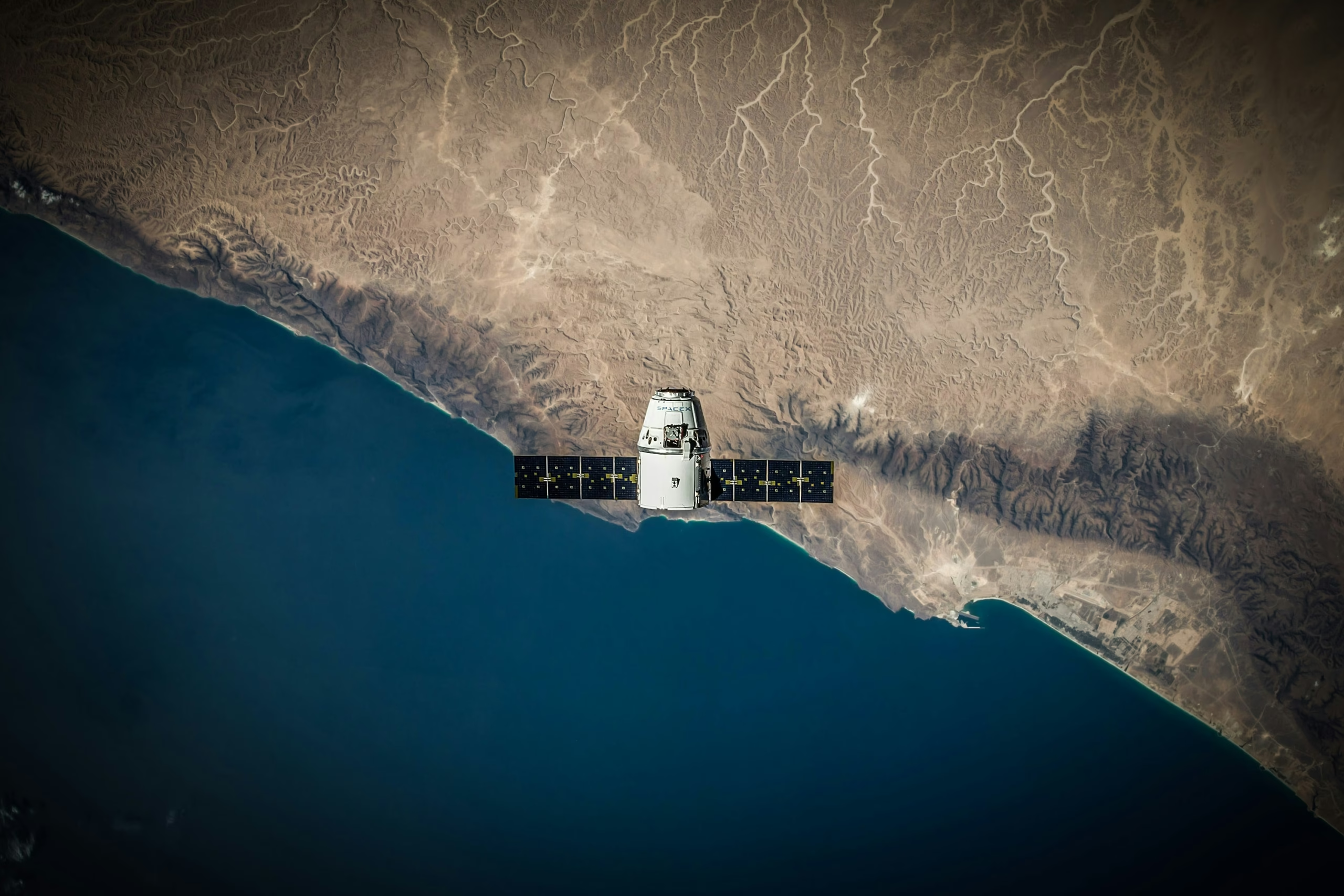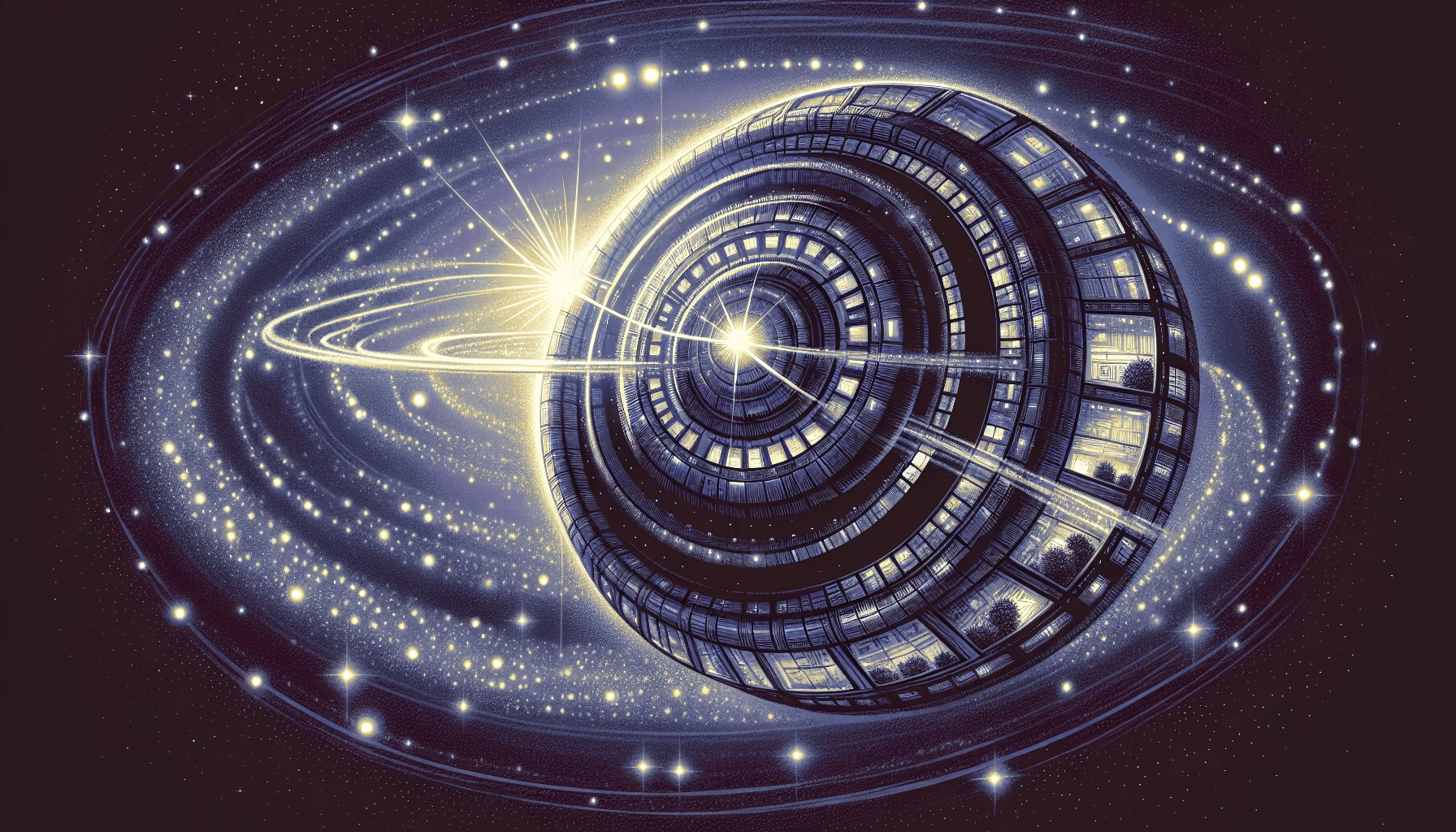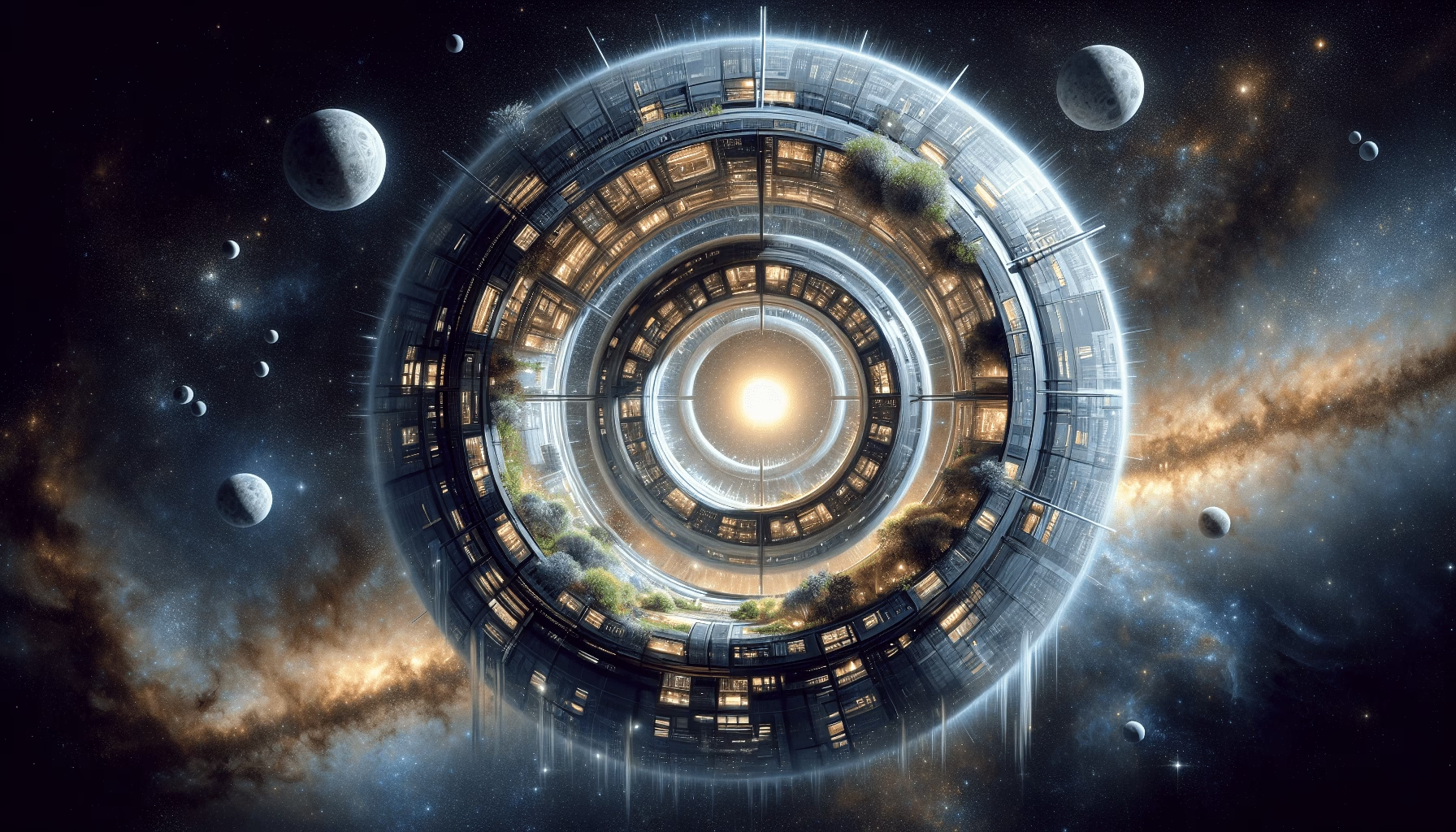Could spinning homes in space become a reality in our lifetime? As we stand on the verge of exploring outer space as a potential habitat, the need for artificial gravity becomes more crucial than ever. With the experience of numerous missions aboard the International Space Station that provided valuable insights into life without gravity, the focus has now shifted towards creating sustainable living environments in space using artificial gravity. The concept of artificial gravity via rotating habitats presents itself as a viable solution, allowing us to create conditions similar to those on Earth. This article delves deeply into the concept, feasibility, and implications of spinning homes in space, exploring whether it could be our future.

Table of Contents
Understanding Artificial Gravity
Artificial gravity, as the term suggests, refers to the creation of an environment that mimics Earth’s gravitational pull using innovative engineering techniques. In space, without the constant pull of gravity, humans face numerous physiological challenges such as muscle atrophy and bone density loss. Creating artificial gravity conditions could mitigate these issues and make long-duration space missions more feasible.
How Does It Work?
Artificial gravity can be generated by utilizing centrifugal force. When a habitat is spun around a central axis, centrifugal force acts outwards from the center, simulating the effects of gravity. Picture a spinning playground merry-go-round; the faster it spins, the more you feel pushed against the outer edge. In a space habitat, this outward force is harnessed to keep inhabitants grounded as if they were under the influence of gravitational pull.
Benefits of Artificial Gravity
Artificial gravity has several advantages:
- Physiological Health: Helps in maintaining muscle and bone health by replicating Earth-like conditions.
- Psychological Well-being: Provides a sense of normalcy and comfort, making long-term habitation more sustainable.
- Operational Efficiency: Tasks become easier as astronauts would rely less on strap-on tools to anchor themselves while working.
Historical Context of Artificial Gravity
The idea of artificial gravity isn’t new. It has been a staple of science fiction literature and films, showcasing futuristic worlds and advanced space travel. Authors like Arthur C. Clarke and films like “2001: A Space Odyssey” introduced audiences to the concept of spinning space habitats. But how close are we to turning fiction into reality?
Early Concepts
Back in the 1950s and 60s, space pioneers like Wernher von Braun envisioned wheel-shaped space stations generating gravity through rotation. Though technically feasible, these early designs were ahead of their time given the technological limitations of the era.
Progress in Technology
Recent advances in material science, propulsion, and robotics have rekindled interest in artificial gravity. The idea has gained traction within aerospace communities as a plausible approach for Mars missions and beyond.
Designing Spinning Homes in Space
Creating spinning homes in space isn’t just an engineering proposition; it’s a multi-disciplinary challenge involving biology, psychology, engineering, and physics. How can we design such habitats to ensure they are sustainable and comfortable?
Structural Design
The structural design of a rotating habitat is critical. The habitat would likely have a ring, torus, or cylindrical shape. The dimensions, rotation speed, and placement of living quarters require precise calculations to simulate Earth’s gravity without causing dizziness or disorientation.
Material Selection
Materials used must withstand the demands of outer space, including exposure to radiation and micrometeoroid impacts. Lightweight and durable materials, like advanced composites and alloys, are necessary for constructing habitat frames.
Interior Layout
The interior must be designed with ergonomics in focus. Considerations include:
- Living Quarters: Spacious, private areas that offer comfort.
- Common Areas: Social spaces that foster interaction among inhabitants.
- Utility Spaces: Efficient placement of essential systems like waste management, food storage, and air recycling.
Challenges and Considerations
Despite its attractions, artificial gravity through spinning habitats presents challenges that need to be addressed.
Rotation-Induced Effects
Inhabitants may experience Coriolis effects, where moving objects (or themselves) appear to curve due to the rotating environment. These effects need to be minimized to prevent motion sickness and enhance comfort.
Power Supply
Spinning habitats require significant energy to maintain rotation. Sustainable energy solutions, possibly solar-based, are essential to power these systems continuously.
Cost and Logistics
The construction and deployment of space habitats demand considerable investment and resources. Innovative funding models, international collaborations, and commercial ventures could be pathways to support these efforts.

Feasibility and Future Prospects
With ongoing research and development, the prospect of spinning homes in space appears promising, yet there are practical hurdles to overcome. Let’s explore potential future scenarios and implications.
Short-term Potential
In short-term missions, test projects and simulations on Earth, like NASA’s Neutral Buoyancy Laboratory, continue to refine our understanding of life in rotating habitats. Moreover, planned moon missions could offer platforms to experiment with localized artificial gravity setups.
Long-term Vision
In the long run, as space travel becomes common, advanced rotating habitats could become the norm. They could support colonies on the Moon and Mars, opening avenues for commercial ventures, scientific research, and possibly tourism.
Case Studies and Real-world Comparisons
While the idea of spinning homes in space sounds radical, examining successful technologies and innovations can offer insights.
Analogous Earth Habitats
Research bases in extreme environments on Earth, such as Antarctic stations, provide valuable lessons. These bases are isolated but maintain routine and supply through efficient systems — parallels that a space habitat must achieve.
International Space Station (ISS)
The ISS serves as an unparalleled case of living and working in space. Its research on microgravity has enriched our understanding and propelled conversations around creating gravity-like conditions.

Visual Aids and Resources
For those enthusiastic about visual learners, supplementary materials like illustrative videos and detailed infographics provide additional clarity. Whether it’s the rotation mechanism or habitat design, these resources are pertinent.
Suggested Viewing
Select YouTube videos explain these principles and engineering marvels with clarity, giving a peek into what future space living might entail. Video captions created by experts guide viewers through complex subjects, ensuring precise understanding.
Conclusion
While the journey to constructing spinning homes in space presents formidable challenges, the potential benefits warrant continued research and exploration. Artificial gravity could revolutionize space travel and provide long-term solutions for human habitation beyond Earth. Should these architectural and technological hurdles be overcome, spinning habitats might not just be a futuristic vision but a significant step in humanity’s quest to become a spacefaring civilization. The question remains: Is the future closer than we imagine?

Isn’t artificial gravity essential for long term space travel?


